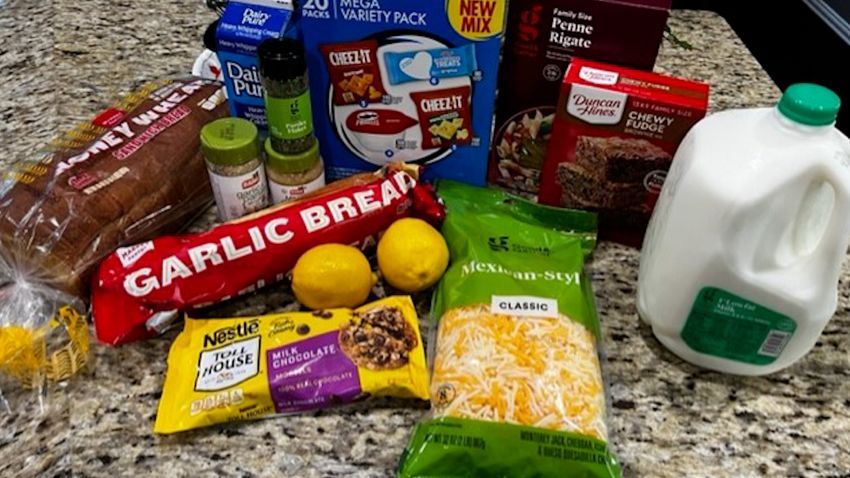Prices at the grocery store continued to soar last month, adding even more pressure to shoppers’ wallets.
The food at home index, a proxy for grocery store prices, increased 0.7% in September from the month prior and a stunning 13% over the last year, according to new government data released Thursday.
Just about everything got more expensive in September.
Fruits and vegetables surged 1.6% for the month, while cereals and bakery products rose 0.9%. Other groceries increased 0.5% in September, following a 1.1% increase in August.
Meats, poultry, fish and eggs rose 0.4% over the month and beverages increased 0.6%.
Prices on many of these items are up double digits annually.
A number of factors have contributed to the surge in prices. Producers say they’re paying more for labor and packaging materials. Extreme weather, including droughts and flooding, and disease, such as the deadly avian flu, have been hurting crops and killing egg-laying hens, squeezing supplies.
“The environment clearly is still very inflationary with a lot of supply chain challenges across the industry,” Pepsi (PEP)CEO Ramon Laguarta said on an earnings call Wednesday. The company’s prices increased 17% annually.
Meanwhile, demand is high. Consumers may be able to pull back on some discretionary items, but they have to eat. Many people are still working from home and consuming more of their meals there than they did before the pandemic.
This imbalance between supply and demand means companies can pass along higher prices to shoppers without sales plunging.
But higher prices at the grocery store are forcing customers to make some trade offs.
Many shoppers are buying fewer products, switching to cheaper private-label brands and pulling back on discretionary items.
More than one million new households have shopped at discount grocery chain Aldi for the first in the past year, according to the company.
Walmart (WMT) said recently that high levels of food inflation are impacting customers’ ability to purchase discretionary goods such as clothing and furniture.
























